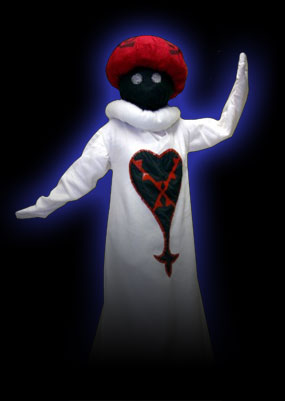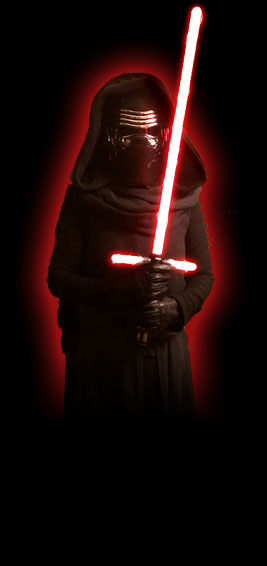Cosplay
 I've always been a big fan of Halloween, primarily for the costumes. So when I discovered conventions and cosplay, I knew it was something I should get into. I bought my first sewing machine around 2004 with no idea how to use one. Many of my first costumes were intentionally chosen because they were sufficiently loose that errors in measurements, seam allowances, or sewing would easily be hidden.
I've always been a big fan of Halloween, primarily for the costumes. So when I discovered conventions and cosplay, I knew it was something I should get into. I bought my first sewing machine around 2004 with no idea how to use one. Many of my first costumes were intentionally chosen because they were sufficiently loose that errors in measurements, seam allowances, or sewing would easily be hidden.
As I did more with the SCA (see my SCA garb here), for which some patterns could be found, I came to better understand what I was doing and started entering competitions at conventions. My early costumes included the White Mushroom Heartless from Kingdom Hearts and Ichigo and Rukia from Bleach. These costumes won Best Use of A Hula Hoop at Naka Kon (2007) and Best Beginner at Nebraskon (2008), respectively.
In 2009 I took on what remains one of my most challenging costumes: Sesshomaru from Inuyasha. With this costume, I tried to strike a balance between the look from the manga and anime, and historical accuracy. A great deal of research was done into kimono construction. Ultimately, I chose a satin for the fabric as I liked the strong contrast it had when light caught it at different angles which somewhat mimicked the cell shading effect of the anime. The original armor was cloth covered cardboard, but within a few years, I remade it in molded polystyrene. This costume took Best in Show at Kawa Kon (2010).
 Since then, I have continued to occasionally make costumes, but have moved away from doing so for competition largely due to my shift towards being a panelist at conventions. Other costumes have included Rossiu from Gurren Lagann and a science officer from Star Trek: The Next Generation.
Since then, I have continued to occasionally make costumes, but have moved away from doing so for competition largely due to my shift towards being a panelist at conventions. Other costumes have included Rossiu from Gurren Lagann and a science officer from Star Trek: The Next Generation.
Shortly after The Force Awakens was released, I assisted a friend in the creation of a Kylo Ren costume. Originally, this was intended to be a quick costume for a themed event at the school she teaches in, but as we began choosing materials, she shifted the aim towards a screen accurate version. This significantly increased the difficulty of the costume as it would involve three layers, the innermost of which had dozens of pleats. Additionally, the outermost layer was monk's cloth which was nearly impossible to find due to other cosplayers making the same costume creating a sudden demand for a cloth that usually does not have any. We ultimately did find some only to discover that it is extremely difficult to work with as it is a very loose weave and tends to fall apart as soon as it is cut. As such, all edges had to be overstitched to prevent fraying.